Abstract Images, Dual imagery and a focus on bodies through intimate gestures in Point Break are used to represent the paralell arc of both Bodhi and Johnny Utah. Once they crossed paths they were destined to both be the love of each others lives, destroy each other and ultimately unleash a chasm of similarities between both men that made them starcrossed romantic figures at the center of this action movie. Kathryn Bigelow’s camera is lithe and graceful through the eyes of Utah as he watches on in idol worship towards Bodhi, a man who is unshackled by the boundaries of rules or society, or so he says at least. Bigelow puts these magnificent images through the surf, finding a way to track the sun and the body into one fluid motion capturing the beauty of Bodhi as a figure, and through a personification of his personality while he cuts through the earth on a board. Like Icarus he is framed through the sun as he soars ever higher, moving in a way that seems both sexual, alien and god like.
In a moment of bonding Bodhi teaches Utah his way of life. Point Break’s spirituality comes through it’s closeness towards the water, and how we use it to our benefit. When Bodhi takes Johnny on a rendezvous surf lesson in the dark of night Utah reaches something akin to nirvana, and Bodhi could not be happier for his friend who he grows ever closer to by the day. Swayze’s face ellicits an emotion of happiness, and radical joy. Bigelow slows the camera down to lock into Swayze pumping his fist, because Utah gets it, and afterward his girlfriend says Utah finally seemed like he dropped his pretenses and let himself flow with Bodhi, her, and surfing. Bigelow’s imagery never becomes more abstract in these moments as the surfers and waves roll in and out of one another often jumbling their movements with waves that are inching closer towards a camera to crush the image and the surfers.
Bigelow frames surfing as a spiritual act, but doesn’t shy away from it’s sexual connotations as well. After Utah’s transcendence into Bodhi’s religion Bigelow cuts to the morning after where Tyler (Lori Petty) and Utah lie on a beach caressing one another. Their bodies are shot in a loving, warm way and the afterglow of sex is apparent through the imagery of having all of this taking place directly after surfing, but instead of sex it was this ritual which in turn had become an equal to sex, but Bigelow never shows sex in Point Break. Instead, surfing replaces the act, but the following bedside manner follows it up.
But the romance of Point Break is not exclusive towards Utah and Tyler, because Bodhi exists at the center of this narrative. Bodhi and Utah are on opposites side of the law, but share personhood. Utah understands Bodhi on an intrisic level, and from their first encounter on the beach playing football, until their last encounter on the beach as he whisks Bodhi off to fly too close to God they share a romance. Bigelow uses body language and mirrored imagery to explain Bodhi and Utah’s closeness. In one sequence Bodhi and Utah both lose grasp of their respective plans, with Utah being the cop and Bodhi being the robber, and lose someone close to them. They share an identical reaction.
Body language is even more important to Bigelow’s framing of their bond. A lot has been said about the relationship between characters who exist as a found family in the Fast and Furious pictures, but they are merely disciples of Bigelow’s cinema, and even going back further than that to movies from John Carpenter and even Howard Hawks. She uses Bodhi and Utah romantically, and they grasp each other often. This is how they show their love. They won’t let go of one another no matter what. In dual sky diving sequences placed in the 2nd and 3rd acts Bigelow showed Bodhi and Utah holding each other’s hands as they fell towards earth. She calls back to this in the 3rd act freefall when Utah doesn’t have a chute, but Bodhi still clutches at his drawstring to save them both, even after he feels betrayed by Utah working for the FBI. Utah pulls the chute to save them both, but Bodhi’s hand is right there.
Neither of these sequences is the greatest example of their love towards one another. That scene would be the on foot chase after the failed bank robbery of Bodhi’s crew is interrupted by Utah and his FBI partner played by Gary Busey. Utah has Bodhi dead to rights. He is pointing a gun dirctly at his face. Bigelow cuts back and forth between the two zooming in on their facial reactions and the gun. Will Johnny Utah murder his best friend? It’s the most anguished moment of the movie, because he is torn between his job and someone he has grown to love. Bodhi is just as hurt. You can see it in his eyes. His best friend trapped by a duty to uphold a badge. It’s not radical. But Utah does not kill his best friend. He lets him go, but he’s hurt. He knows he’ll be forced to make this same decision again later, because it’s the nature of these things. They’re cursed to fight each other, because of the lines they’ve drawn in life.
and he is faced with the same decision in the closing moments of the movie, but putting a bullet in his greatest friend’s head isn’t nearly as bad as sentencing a bird to a cage. Bodhi remarks back to Johnny “I can’t live behind those walls man”, and Johnny knows this. Earlier in the film Bodhi talks about wanting to ride the greatest wave that only comes around once every fifty years due to nature’s cyclical habits, and they are both staring right at this opportunity. He has a moment to let his friend go and release him once more to the world, and because he loves him he does. Bodhi surfs into the void, being swallowed up by what he loves and dying as he lived. Johnny Utah tosses his badge into the ocean and says goodbye to his past life and his very best friend. The rain falls all around them. It’s appropriate that it would rain at a funeral.
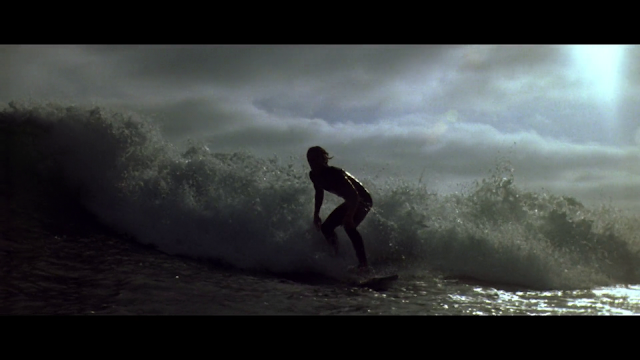



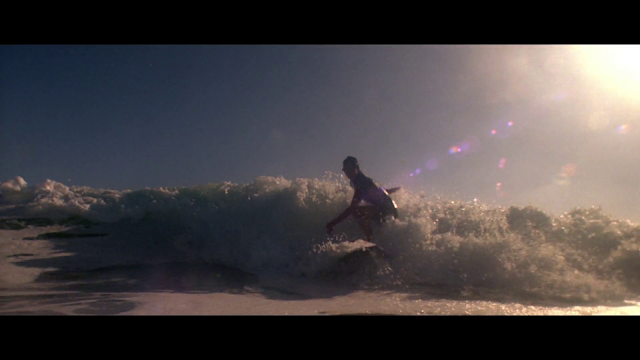
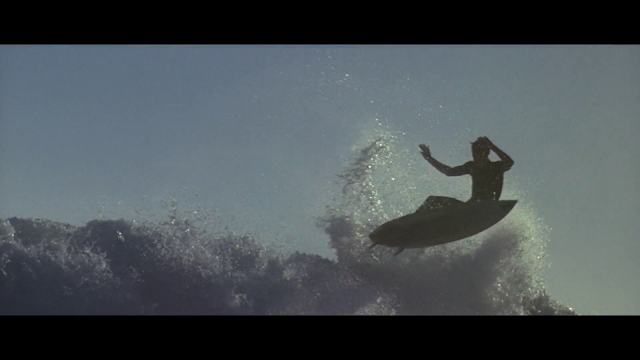

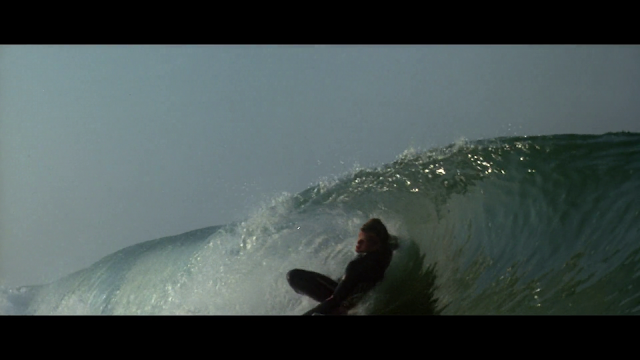
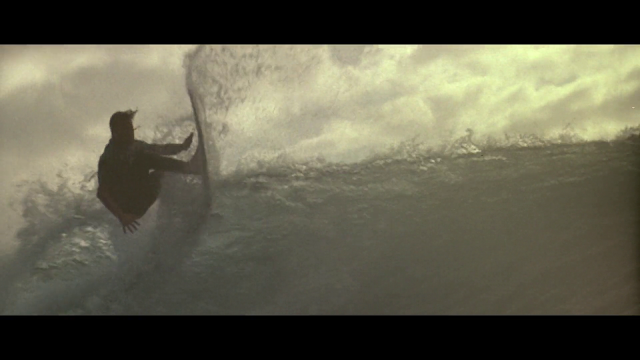


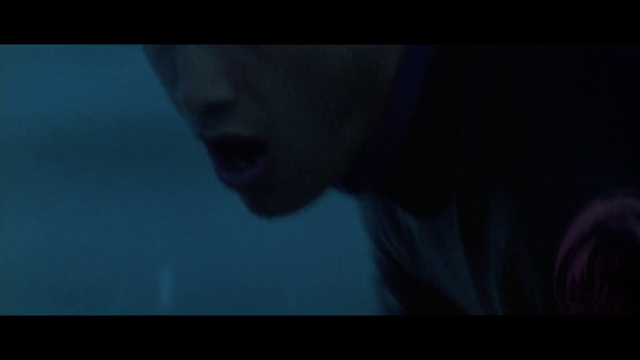

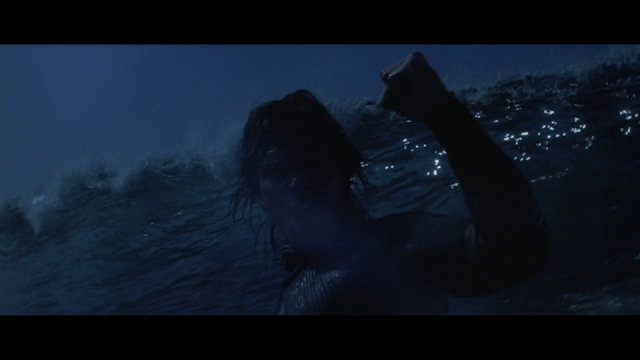
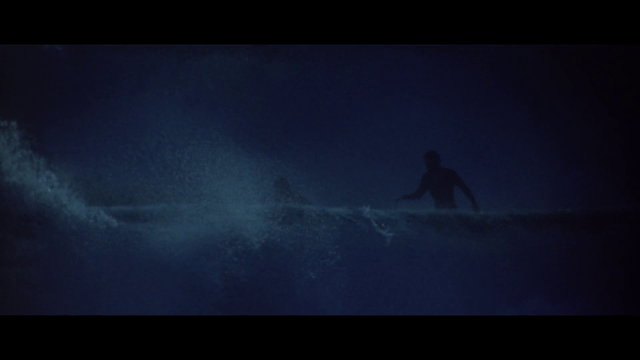








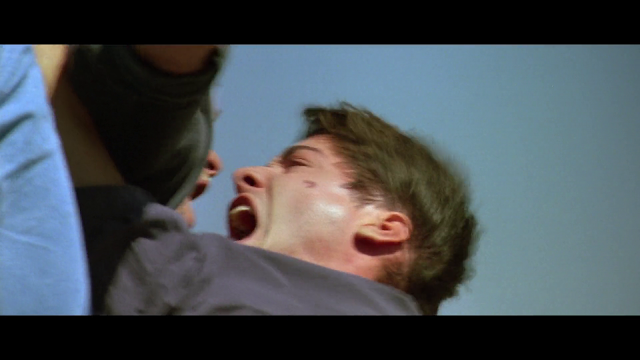

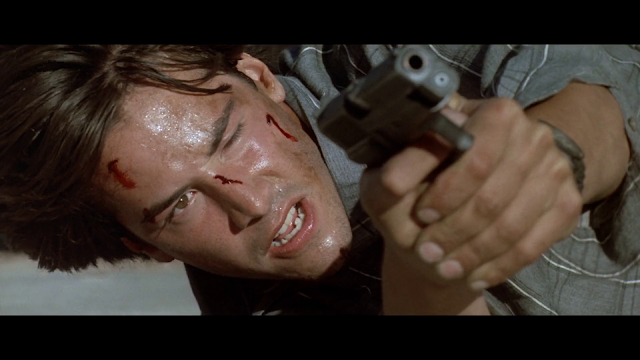
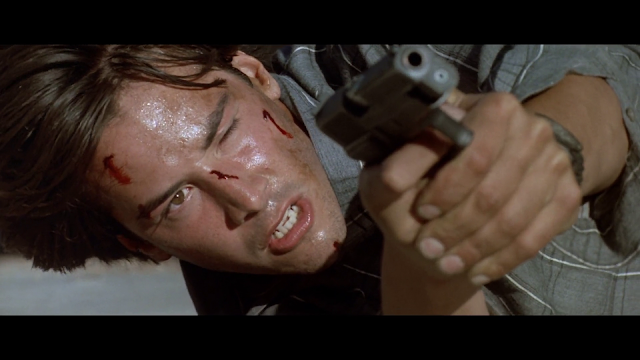


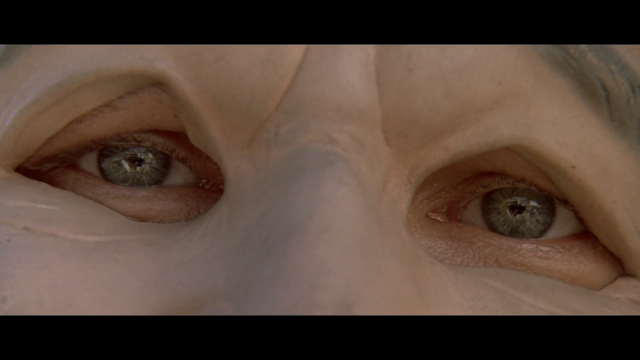

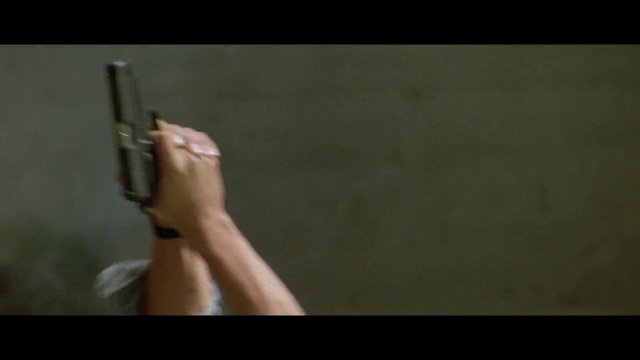





Be First to Comment